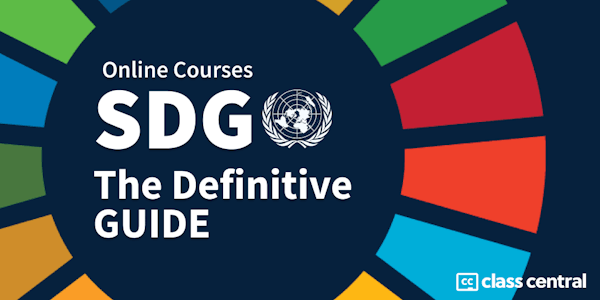The risk of pandemics is growing rapidly, with more than 5 new diseases emerging in people every year. About 70% of emerging diseases (e.g. Ebola, Zika, Nipah encephalitis), and almost all known pandemics (e.g. influenza, HIV/AIDS, COVID-19), are zoonoses - i.e. are caused by microbes of animal origin.
The loss and degradation of biodiversity undermines the web of life and increases the risk of disease spillover from wildlife to people. Land-use change, including deforestation, human settlement in primarily wildlife habitat, the growth of crop and livestock production, and urbanization, exacerbated by climate change, caused the emergence of more than 30% of new diseases reported since 1960, according to the IPBES Pandemics Report (2020). Therefore, countries should conserve biodiversity also as a key environmental determinant of human health.
The goals of this MOOC are to:
-
Present the scientific concepts linking healthy ecosystems to healthy human communities;
-
Provide tools and frameworks to visualize solutions to restore ecosystem for resilience;
-
Share good practices and innovative solutions from resilient territories (from Biosphere reserves);
-
Provide communities, policy makers, and stakeholders with the knowledge required to create better governance that protect territories against emerging risks.
This MOOC is for UNESCO designated sites’ staff (site management authority, managers, and their staff) as well as health and environmental management state agencies, policy makers, academics, students and other professionals



